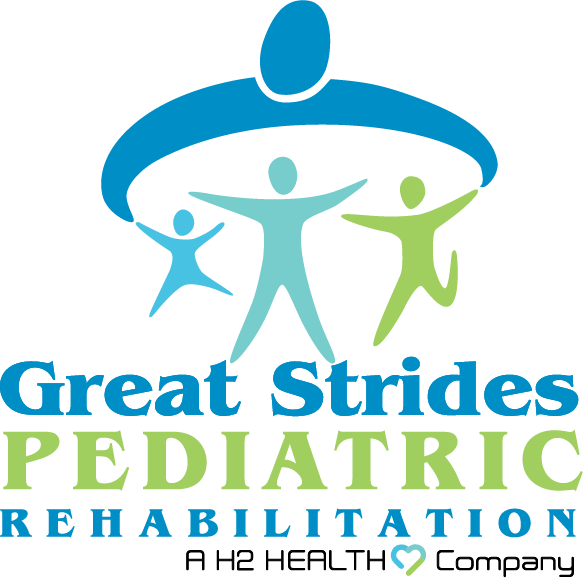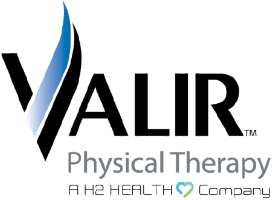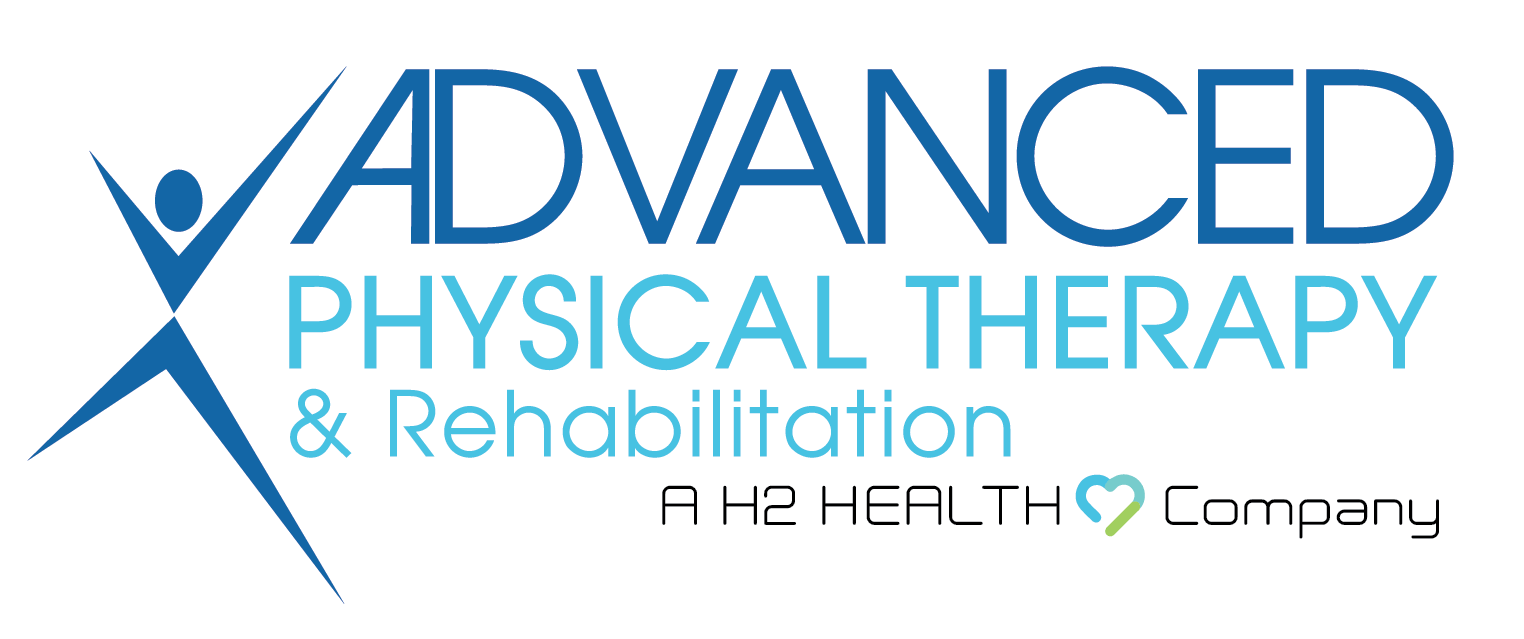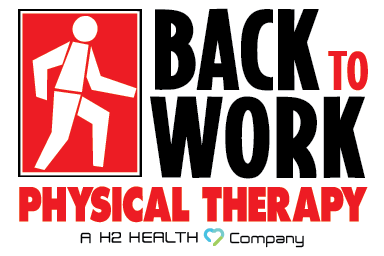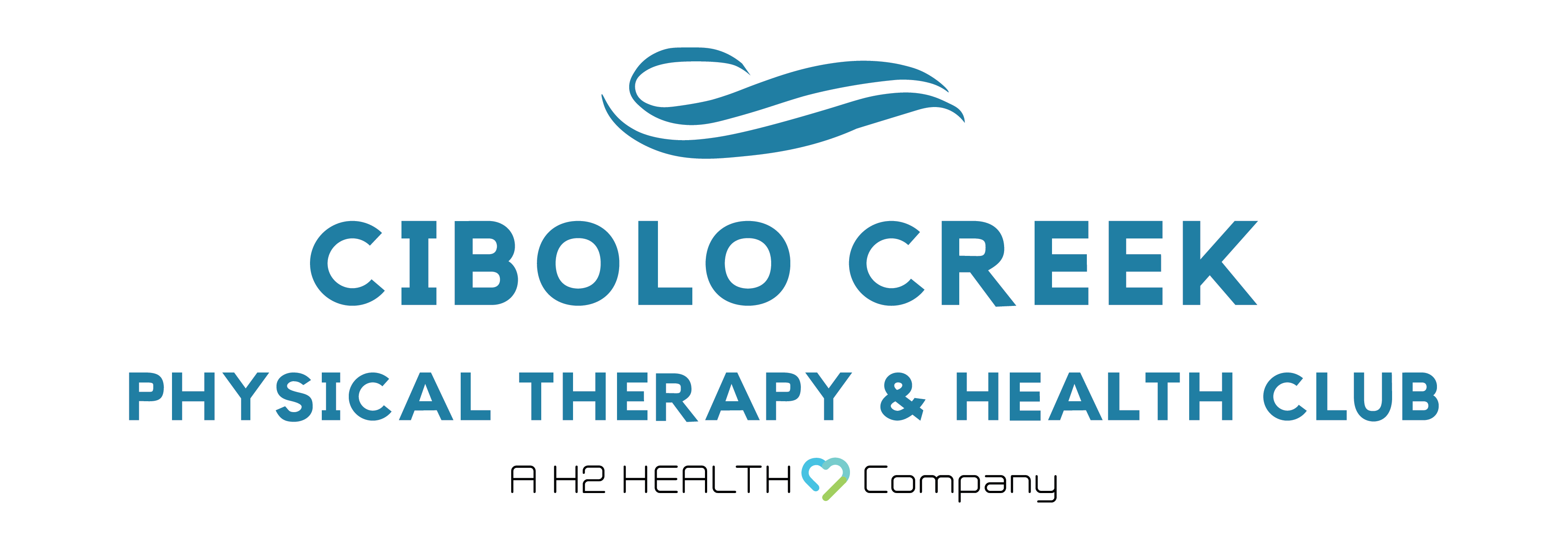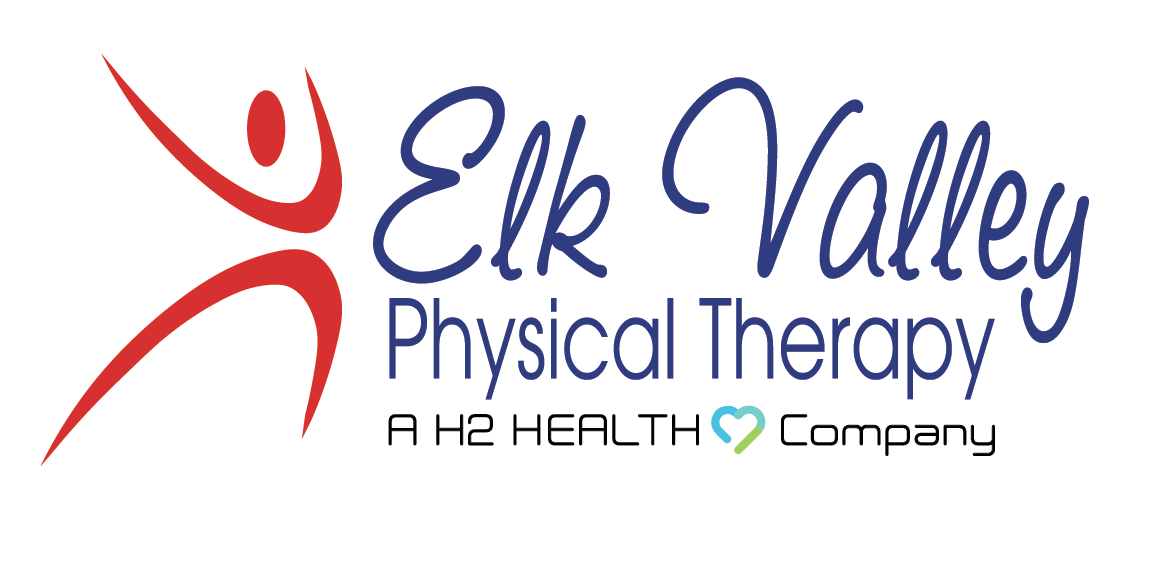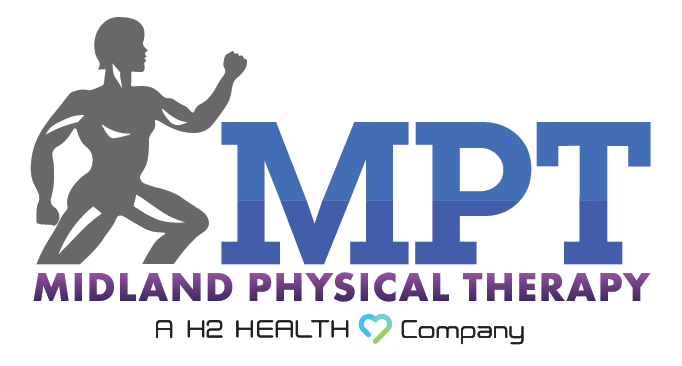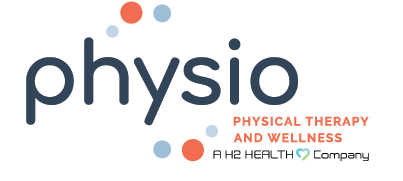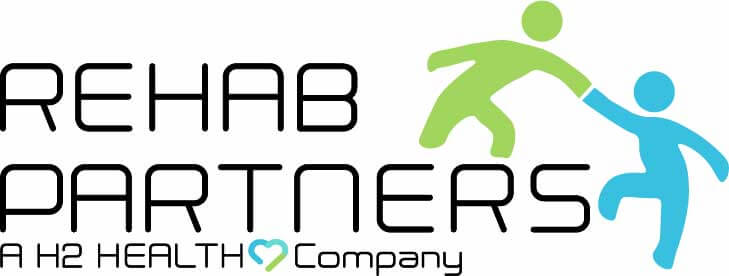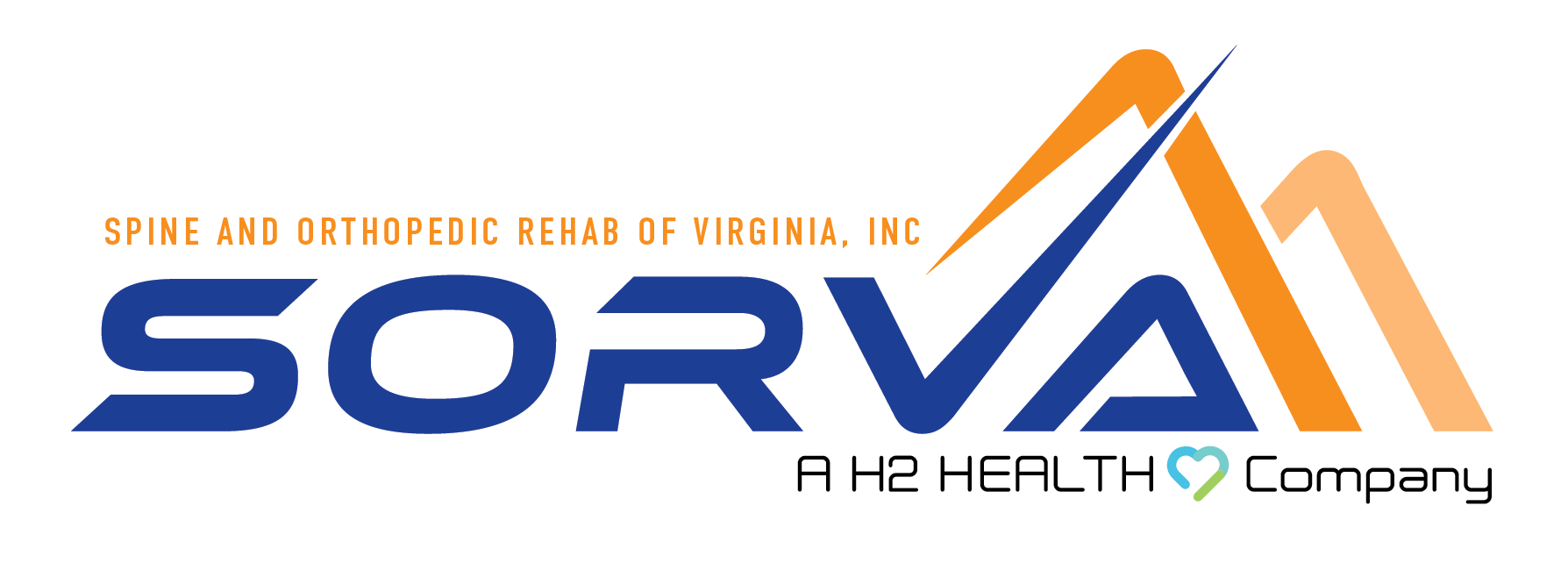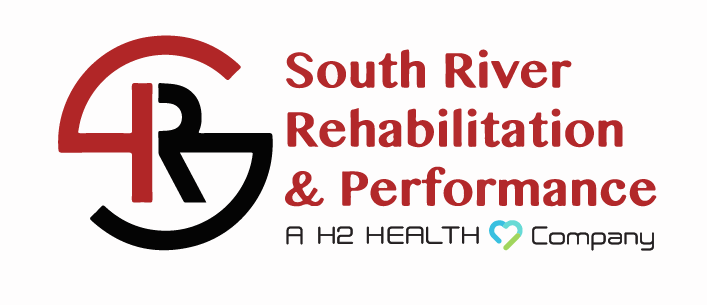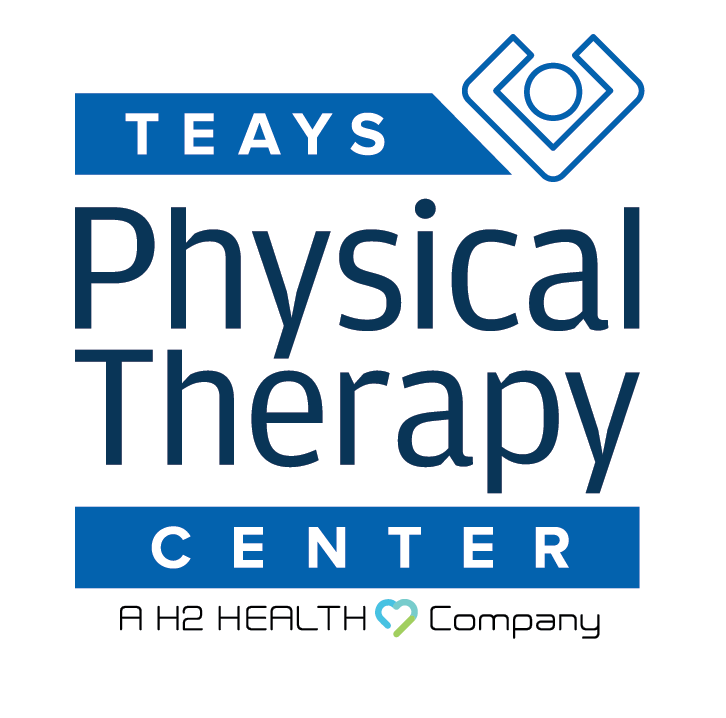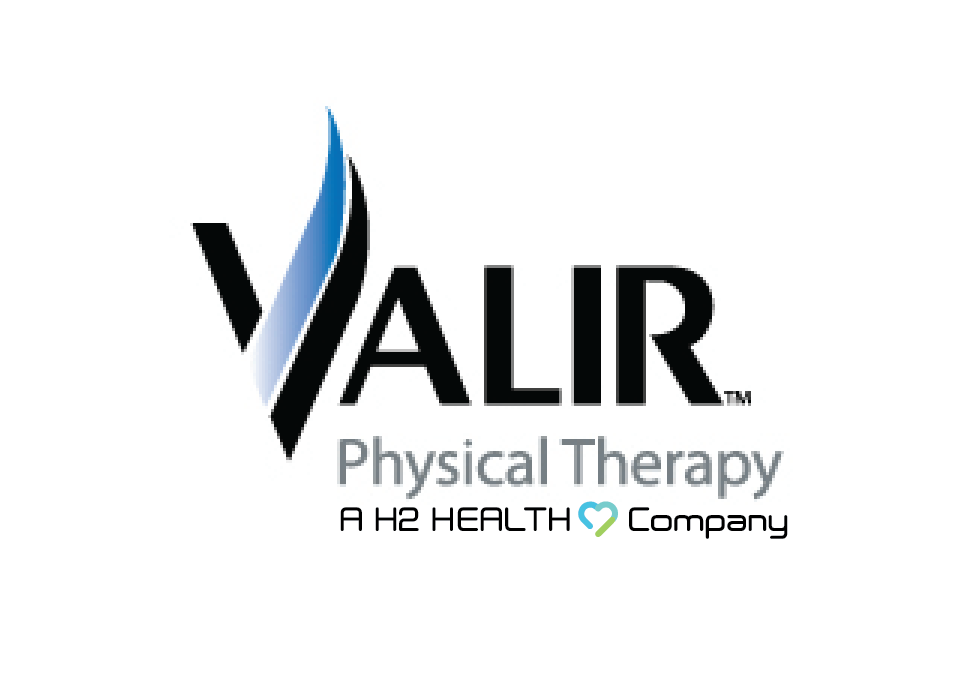
If you have back pain that is caused by a herniated disc, you will likely not need to have surgery – especially if it is caught and treated early. Most people who have this issue recover fully simply with physical therapy.
Let’s talk about some key points surrounding a herniated disc, how physical therapy can successfully treat back pain that is caused by a herniated disc, and where you can go to see a world-class physical therapist who can help you get your back to being pain-free.
What Is a Herniated Disc?
The spinal discs are the cushiony, protective layers of two types of cartilage, and each disc resides between two adjacent vertebrae (bones) throughout the spinal column. The discs and vertebrae alternate along the spine and the discs allow movement while the vertebrae provide stability.
The spinal column runs from your neck to your lower back. Each disc is composed of a fibrous exterior (annulus), made of tough cartilage, and a gel-like interior (nucleus), made of soft cartilage. When there is any kind of tear (herniation) in the tough outer portion of a disc, then the soft interior can push outward through the tear and remain in place, causing constant pain as it agitates nearby nerves in the spine.
That is a herniated disc. Symptoms of herniated discs include:
- Back pain
- Back stiffness and limited movement
- Numbness and tingling in the arms and legs (due to radiating pain from the spinal cord)
- Muscular weakness
What Does Physical Therapy for Herniated Discs Involve?
The first step is an evaluation by a physical therapist. The therapist will review your medical history, medications and supplements you’re taking, and imaging results (X-ray, MRI, etc.). The physical therapist will then perform a series of simple tests and measurements called functional capacity evaluations (FCEs).
FCEs measure your muscular strength, range of motion, and more. FCE results give the therapist measurable information which aids in planning, executing, and modifying the components of your herniated disc physical therapy treatments.
Physical therapy for a herniated disc may include the following modalities:
- Muscular endurance training
- Range-of-motion exercises
- Heat and cold therapy
- TENS (transcutaneous electrical nerve stimulation)
- Massage therapy
- Traction
Can Physical Therapy Replace Surgery for a Herniated Disc?
Some people only need to have physical therapy for their spine in order to foster the repair of a herniated disc. Others may need to have back surgery if the disc is beyond repair or is continuing to cause severe back pain.
If you do have surgery for a herniated disc, you will likely need to have physical therapy to help your back heal completely and properly. After surgery, your physical therapist will show you how to move your back and neck without causing undue stress on your spine, and also when you can add more movements as you heal and get stronger.
Physical Therapy for Back Pain
Our team at H2 Health provides physical therapy and occupational therapy services through our highly qualified therapists. We are here to help people optimize their health, movement, independence, and day-to-day function. We proudly serve children and adults who have a wide array of musculoskeletal issues.
If you wish to explore physical therapy for your back pain, call us today to schedule an in-person consultation at (800) 699-9395 or fill out our appointment request form online now. We would be honored to be your physical therapy provider!

